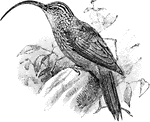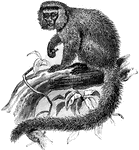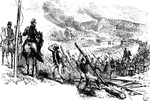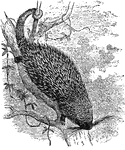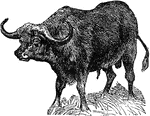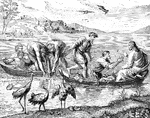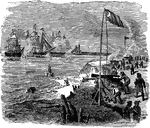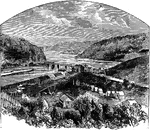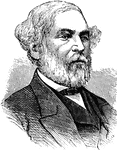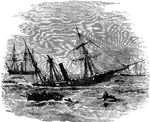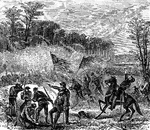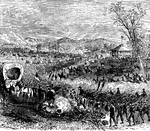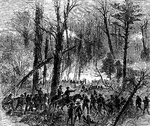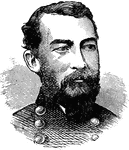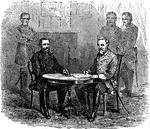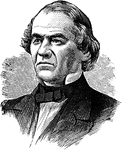
Rock-Rose
"A genus of exogenous plants, which gives its name to the natural order Cistaceae; an order allied to…
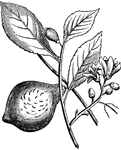
Citron
"A tree cultivated in the south of Europe, and other warm, temperate, or sub-tropical countries for…

Date Palm
"A genus of palms, the most important species of which is the common Date Palm, the Palm Tree of Scripture,…
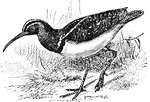
South American Painted Snipe
A small and stocky wading bird. Usually mottled brown on the top and grey on the bottom.

Amiens Cathedral
"Plan of Amiens Cathedral. A, Apsidal aisle. B B, Outer aisles of choir. F G, Transepts. H, Central…
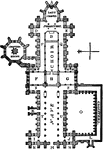
Wells Cathedral
"Plan of Wells Cathedral. A, Apse or apsis. B, Altar, altar-platform, and altar-steps. D E, Eastern…

Ivory Carving
"Leaf of a diptych, Roman, probably about 4th century, South Kensington Museum collection." —…
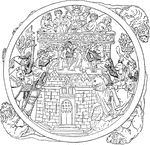
Ivory Carving
"Mirror case illustrating storming of the Castle of Love, French, about 14th century, South Kensington…

Jasmine
"Botanically Jasminum, a genus of shrubs or climbers constituting the principal part of the natural…
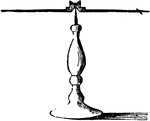
Magnetic Needle
"A bar of steel which is a magnet, suspended in such a way that it can freely turn to the north or south."…
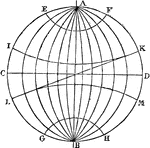
Earth Divisions
"The Earth, whose diameter is 7,912 miles, is represented by the globe, or sphere. The straight line…
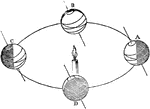
Earth Axis
"Now it is the inclination of the Earth's axis, as above described, which causes the lengths of the…

Earth Axis
"Now it is the inclination of the Earth's axis, as above described, which causes the lengths of the…

Seasons
"Suppose the Earth to be in her Summer solstice, which takes place on the 21st of June. At this period…
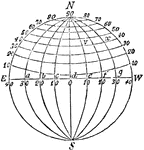
Longitude
"Let this figure represent the Earth, N being the north pole, S the south pole, and E W the equator.…

Kew Instruments
"Kew Instruments arranged in the relative positions recommended by Lloyd so as magnetically to interfere…

Robert E. Lee
(1807-1870) A famous U.S. Army office and general of the Confederate forces during the American Civil…
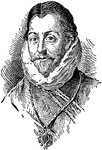
Sir Francis Drake
(1540-1596) An English privateer, navigator, politician, and civil engineer of the Elizabethan era.

Alexander H. Stephens
(1812-1883) Vice President of the Confederate States of America during the American Civil War.
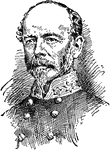
Joseph E. Johnston
(1807-1891) A senior general in the Confederate States Army during the American Civil War.
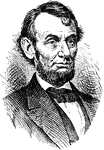
Abraham Lincoln
(1809-1865) An American politician and sixteenth President of the United States and the first president…
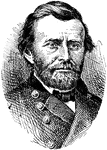
Ulysses S. Grant
(1822-1885) An American soldier, eighteenth President of the United States and was the leading Union…

Albert Sidney Johnston
(1803-1862) A Confederate general in the American Civil War who was killed during the Battle of Shiloh.
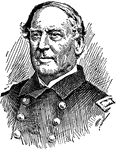
Admiral David G. Farragut
(1801-1870) Senior officer of the U.S. Navy during the American Civil War and is famous for the Battle…
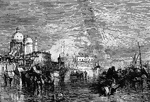
Venice from the Canal of the Giudecca
This painting by J. William Turner is one of many canal drawings the artist did. The piece was exhibited…
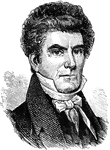
John C. Calhoun
John C. Calhoun, a senator from South Carolina who instigated the doctrine of nullification in his state.
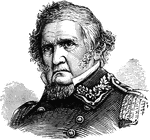
Lieutenant General Winifred Scott
Lieutenant General Winifred Scott, a long-serving US Army officer who ran unsuccessfully for president…
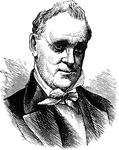
James Buchanan
(1791-1868) James Buchanan, fifteenth president of the United States, largely remembered for his failure…

Jefferson Davis
Jefferson Davis, a senator from Mississippi who was elected president of the Confederate States of America.…
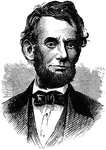
Abraham Lincoln
Abraham Lincoln, sixteenth president of the United States, and president of the Union during the Civil…
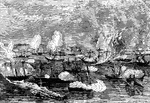
Passage of Forts Jackson and St. Phillip
Depiction of the battle on the Mississippi between Confederate and Union forces at Forts Jackson and…
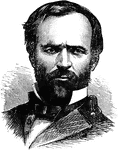
William Tecumseh Sherman
General William Tecumseh Sherman, famous Union general noted for his successful campaigns in the South…
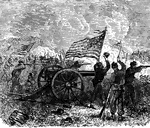
Battle of Atlanta
Showing the Battle for Atlanta, which Sherman won for the Union during the Civil War.
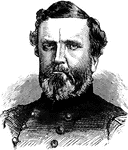
General George Henry Thomas
General George Henry Thomas, one of the principal Union commanders in the Western Theater.

Admiral David Farragut
Admiral Farragut entering Mobile Bay atop the rigging of his ship during the Civil War.
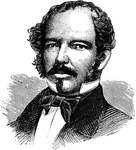
General Joseph E. Johnston
Confederate General Joseph E. Johnston, who surrendered two weeks after Lee.
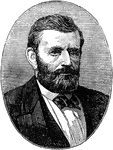
Ulysses S Grant
General Ulysses S. Grant, who alsoserved as the eighteenth president of the United States.

Coquila Palm
A South American palm whose fibrous make up is used in industry and it also produces te coquilla nut.

